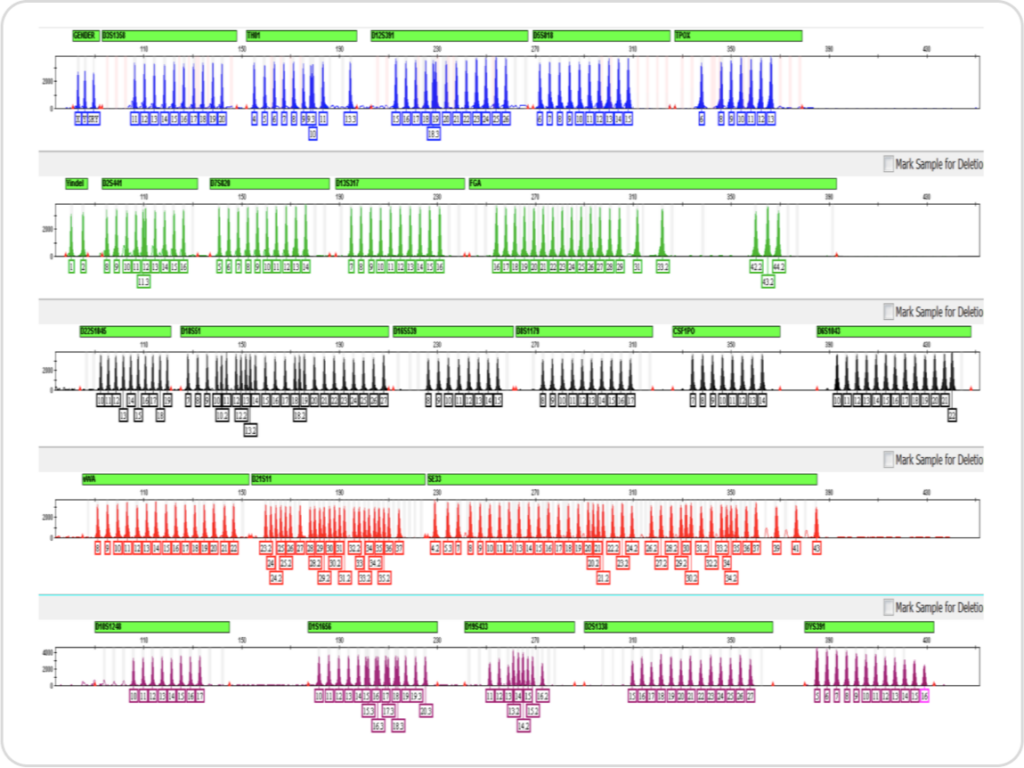To perform the procedure, you should have:
— Sterile hygienic cotton swabs. The packaging of cotton swabs should be new and not opened earlier. 4 swabs per person.
— A new paper envelope. One envelope for each participant. It is not allowed to use plastic bags, plastic containers and other items.
